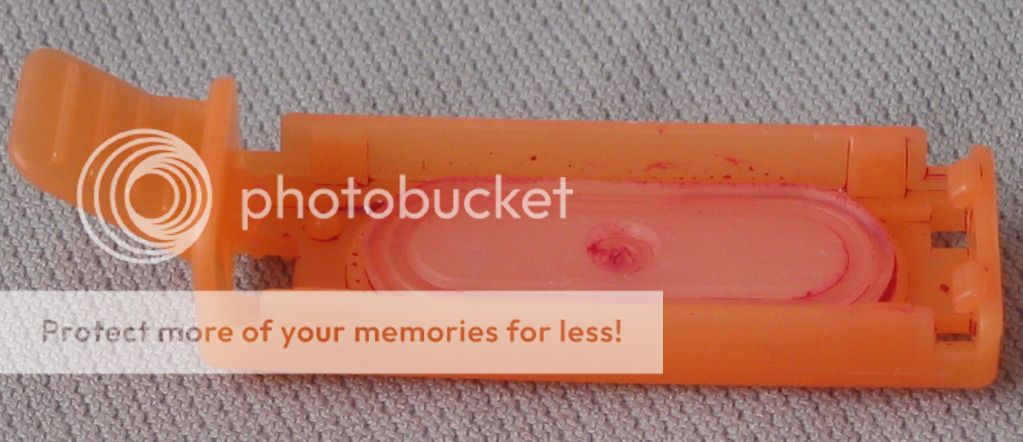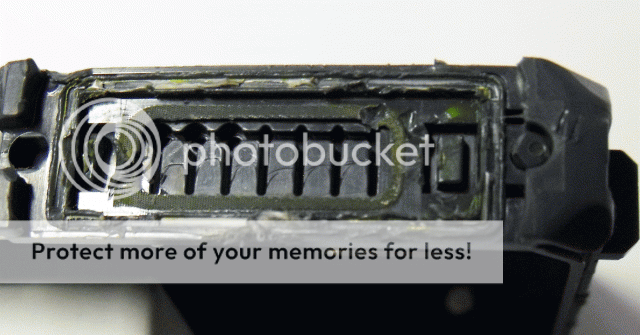Let me further explain my hypothesis about the concentrated spot for refilling. Take a look at the orange shoe that are being used to speed fill.


Compare the paths of where the ink would flow.
You will notice that there is a dome indentation and the rest of the silicone pad is flat. The dome in the middle is essentially where the ink enters at that single spot when refilling with the orange clip The ink them goes through the pad and enters into the bladder and does not rinse out the sides of the pad or the channels. This is what makes me wonder if this has any bearing on the irregular behavior of the cartridge hat ran into.
We won't know unless when this happens again.


Compare the paths of where the ink would flow.
You will notice that there is a dome indentation and the rest of the silicone pad is flat. The dome in the middle is essentially where the ink enters at that single spot when refilling with the orange clip The ink them goes through the pad and enters into the bladder and does not rinse out the sides of the pad or the channels. This is what makes me wonder if this has any bearing on the irregular behavior of the cartridge hat ran into.
We won't know unless when this happens again.


